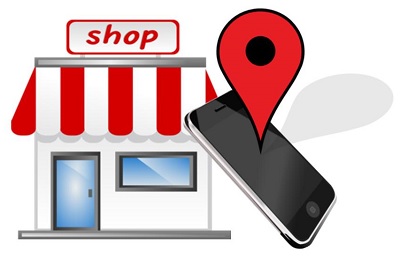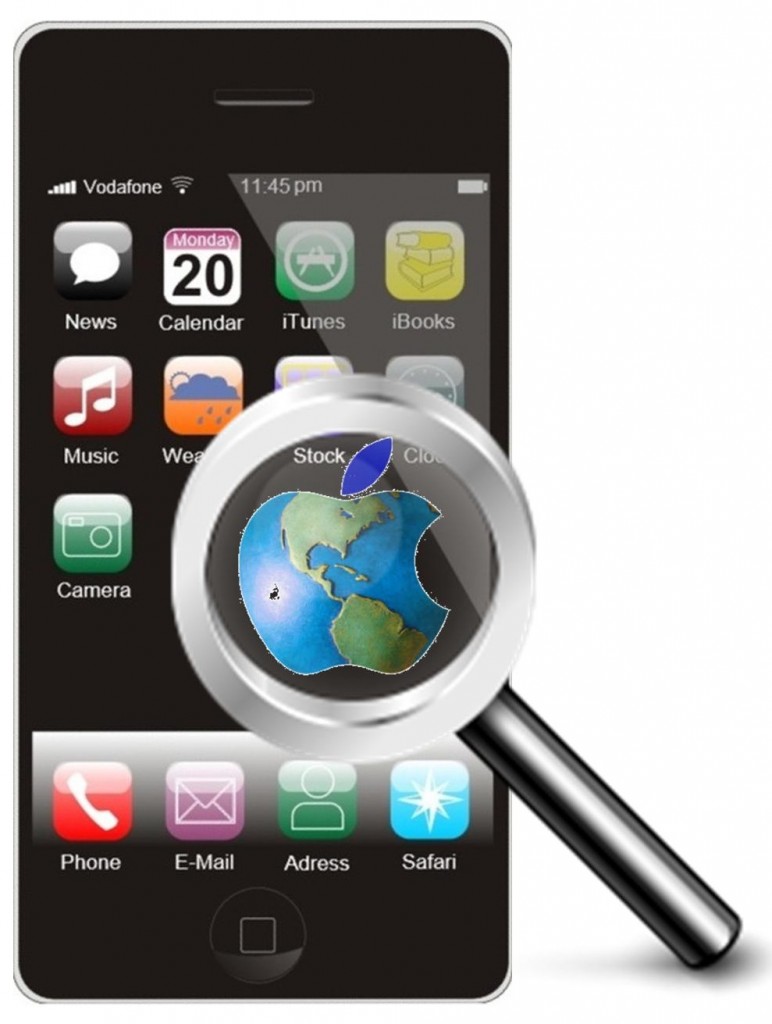This technology is being seen as one of the most promising trends that will be seen in 2014.
According to experts from many different reputable publications, geolocation based marketing has become one of the most promising trends that will be available to local businesses this year.
The technology is being called one of the biggest possibilities for businesses to boost revenues.
By using geolocation based marketing, businesses have the chance to increase their revenue by encouraging a growing number of people to actually step inside the doors of their stores. This form of advertising and promotions can provide shoppers with targeted messages based on specific locations. Their mobile devices, such as their smartphones provide the preferences and locations of the device users so that a store will be able to properly communicate with them in a timely and relevant way.
There are many different ways in which businesses could potentially benefit from geolocation based marketing.
 There are many different ways in which this technology can be used, including everything from location and checking services such as Foursquare and Yelp, but also through device tech such as near field communication (NFC). Beyond that close proximity tech that allows for information exchange in close proximity, there is also Bluetooth and GPS that can be used for geo-fencing that can automatically locate the consumer and send him or her a message when they have walked within a specific predefined zone.
There are many different ways in which this technology can be used, including everything from location and checking services such as Foursquare and Yelp, but also through device tech such as near field communication (NFC). Beyond that close proximity tech that allows for information exchange in close proximity, there is also Bluetooth and GPS that can be used for geo-fencing that can automatically locate the consumer and send him or her a message when they have walked within a specific predefined zone.
This type of advertising has already been used by a number of companies. Perhaps one of the most famous uses of the tech to communicate with customers is from Subway. They have already successfully launched a “You are here” campaign. This allowed users in close proximity to one of the restaurants to be prompted to opt in. When they did, they received MMS messages that gave them the opportunity to take advantage of special discounts as they walked by one of the restaurants.
The Domino’s pizza chain has also used geolocation based marketing to be able to better their customer loyalty and to help to encourage repeat sales from among their existing customer base.
This tech allows the location of a device to help to determine some of its settings.
Apple has just received a new patent that involves the use of geolocation technology that is a part of a comprehensive system that will control consumer devices, adjusting their settings based on where they are.
This would allow Apple to use data based on location as provided from devices such as iPads and iPhones.
Apple would be able to use geolocation technology provided through its devices as well as the use of RFID badges or credit cards to identify the whereabouts of a user to automated systems. This would allow those automated systems to act on behalf of the user, such as adjusting climate control, turning on or off lights, or turning on or off power.
This geolocation technology functions in a way that is compared to geo-fencing.
 Geo-fencing is something that Apple already uses in its own native Reminders app on its mobile device operating system. It functions by using geolocation technology to determine when a user has entered into or has exited a pre-designated location in order to trigger actions, such as providing an alert of something that the individual wanted to remember. However, this new system would take the tech a step further. Instead of sending out a reminder to the user, it would automatically take actions in the user’s household in order to achieve goals such as making it more comfortable for the person because the lights are on and it has been heated or cooled, or it could save energy.
Geo-fencing is something that Apple already uses in its own native Reminders app on its mobile device operating system. It functions by using geolocation technology to determine when a user has entered into or has exited a pre-designated location in order to trigger actions, such as providing an alert of something that the individual wanted to remember. However, this new system would take the tech a step further. Instead of sending out a reminder to the user, it would automatically take actions in the user’s household in order to achieve goals such as making it more comfortable for the person because the lights are on and it has been heated or cooled, or it could save energy.
This does make the new geolocation technology somewhat more complex than the original use. The patent provides a description of a system that would gather information so that it could not only identify where the user happens to be and where they are headed, but also the types of activities in which they will be engaging along their route and once they reach their destination. This requires a great deal of accuracy in terms of making these predictions.
It means that the geolocation technology will either need to rely on regular polling of the mobile device from regular intervals, or it will need to be accumulated from fixed remote devices such as the receivers of keycards or when certain trigger events take place, such as when a device communicates with a particular cell tower.
 There are many different ways in which this technology can be used, including everything from location and checking services such as Foursquare and Yelp, but also through device tech such as near field communication (NFC). Beyond that close proximity tech that allows for information exchange in close proximity, there is also Bluetooth and GPS that can be used for geo-fencing that can automatically locate the consumer and send him or her a message when they have walked within a specific predefined zone.
There are many different ways in which this technology can be used, including everything from location and checking services such as Foursquare and Yelp, but also through device tech such as near field communication (NFC). Beyond that close proximity tech that allows for information exchange in close proximity, there is also Bluetooth and GPS that can be used for geo-fencing that can automatically locate the consumer and send him or her a message when they have walked within a specific predefined zone.
 Geo-fencing is something that Apple already uses in its own native Reminders app on its mobile device operating system. It functions by using geolocation technology to determine when a user has entered into or has exited a pre-designated location in order to trigger actions, such as providing an alert of something that the individual wanted to remember. However, this new system would take the tech a step further. Instead of sending out a reminder to the user, it would automatically take actions in the user’s household in order to achieve goals such as making it more comfortable for the person because the lights are on and it has been heated or cooled, or it could save energy.
Geo-fencing is something that Apple already uses in its own native Reminders app on its mobile device operating system. It functions by using geolocation technology to determine when a user has entered into or has exited a pre-designated location in order to trigger actions, such as providing an alert of something that the individual wanted to remember. However, this new system would take the tech a step further. Instead of sending out a reminder to the user, it would automatically take actions in the user’s household in order to achieve goals such as making it more comfortable for the person because the lights are on and it has been heated or cooled, or it could save energy.